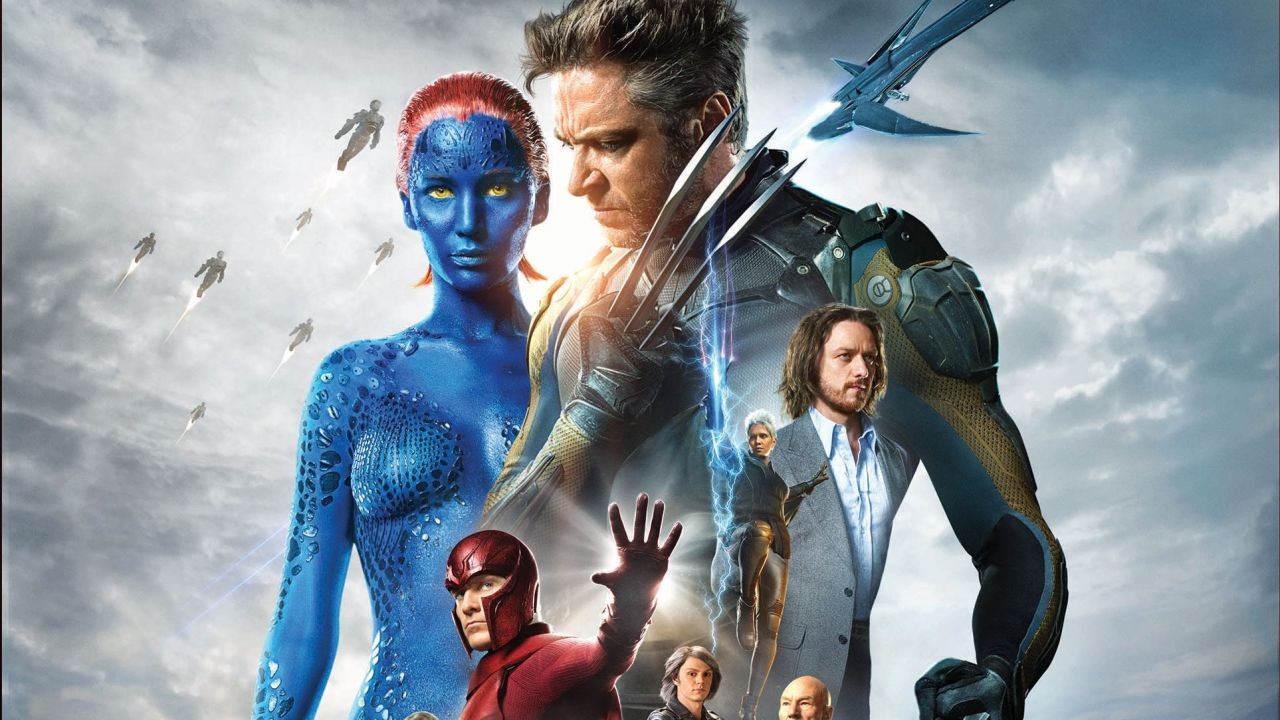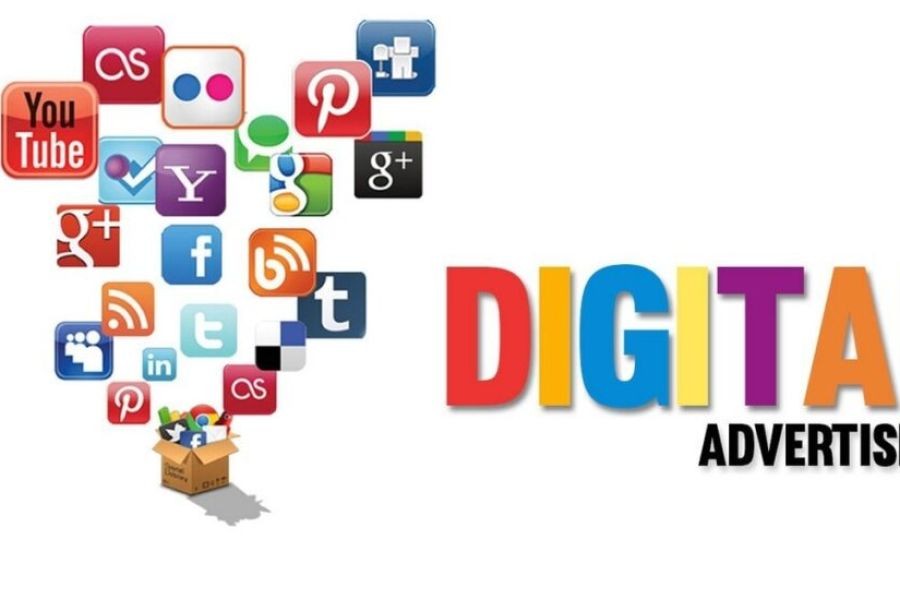Gaming culture, once regarded as a niche hobby, has now infiltrated mainstream media, profoundly shaping various forms of entertainment. In New Zealand, this trend is especially significant as the local gaming industry contributes approximately NZD 203 million to the economy, according to the New Zealand Game Developers Association. This figure highlights the growing importance of gaming to the cultural and economic landscape. Let's delve into how gaming culture influences other media forms and what this means for New Zealand.
The Gaming Revolution: More Than Just Play
The intersection of gaming and other media has led to innovative storytelling methods and immersive experiences across platforms. In recent years, video games have become a storytelling powerhouse, rivaling traditional media such as films and television. Games like "The Last of Us" have set new standards for narrative depth, drawing comparisons to cinematic storytelling. This evolution prompts media producers in New Zealand to rethink narrative structures, emphasizing interactivity and user engagement.
Case Study: Weta Workshop’s Interactive Ventures
Weta Workshop, a renowned New Zealand-based design and effects company, exemplifies how gaming culture influences media production. Traditionally focused on film, Weta has expanded into the gaming world with projects like "Dr. Grordbort's Invaders," a mixed-reality game. This venture demonstrates a shift towards interactive media, leveraging gaming technology to enhance storytelling.
Problem: Weta Workshop sought to diversify its creative portfolio beyond film.
Action: The company embraced gaming technology to create immersive experiences.
Result: "Dr. Grordbort's Invaders" received critical acclaim for its innovative use of mixed-reality, opening new revenue streams.
Takeaway: Integrating gaming elements can revitalize traditional media, offering new ways to engage audiences.
Data-Driven Insights: Gaming’s Economic Impact
According to Stats NZ, the creative sector, including gaming, is a crucial component of New Zealand's economy, employing thousands and contributing significantly to GDP. The Ministry of Business, Innovation, and Employment (MBIE) reports that the gaming industry is one of the fastest-growing segments, with a compound annual growth rate of 13% over the past five years.
This growth is not just economic; it influences consumer expectations across media. Audiences now demand interactive and engaging content, forcing traditional media to adapt. For instance, interactive films and choose-your-own-adventure formats are gaining popularity, borrowing heavily from gaming mechanics.
Pros and Cons of Gaming Influence on Media
While gaming culture offers numerous benefits to other media forms, it also presents challenges:
✅ Pros:
- Enhanced Engagement: Interactive elements from games boost viewer engagement.
- Innovative Storytelling: Games inspire new narrative techniques.
- Economic Growth: Gaming’s integration into media forms creates new revenue opportunities.
- Cross-Platform Reach: Gaming expands audience demographics, reaching younger, tech-savvy viewers.
❌ Cons:
- High Production Costs: Developing interactive media can be expensive.
- Content Saturation: The blending of media forms may lead to market saturation.
- Technological Barriers: Not all audiences have access to the technology required for interactive content.
Debunking Myths: Gaming Culture in Media
Several misconceptions surround the impact of gaming culture on media. Here are a few myths and the realities that counter them:
- Myth: Gaming is only for entertainment.
- Reality: Gaming influences education, training, and even therapy, offering practical applications beyond entertainment.
- Myth: Interactive media is a passing trend.
- Reality: With the rise of VR and AR, interactive media is here to stay, evolving alongside technological advancements.
- Myth: Gaming only appeals to younger audiences.
- Reality: The average gamer age is 34, indicating a broader demographic appeal.
Future Trends: The Next Frontier
The future of media, influenced by gaming culture, looks promising. By 2026, experts predict that augmented reality (AR) and virtual reality (VR) will become mainstream, offering unparalleled immersive experiences. According to a report by NZTech, these technologies are expected to grow rapidly, presenting opportunities for New Zealand's creative industries to innovate further.
Conclusion
Gaming culture continues to redefine media, offering new ways to engage with content. For New Zealand, this evolution presents both opportunities and challenges. By embracing gaming elements, media producers can create compelling, interactive experiences that resonate with modern audiences. As this trend grows, understanding its nuances will be crucial for industry stakeholders.
What are your thoughts on gaming's influence on media? Share your insights below!
People Also Ask
- How does gaming impact New Zealand's economy? Gaming contributes significantly to New Zealand's creative sector, employing thousands and boosting GDP.
- What are the biggest misconceptions about gaming in media? A common myth is that gaming is only for entertainment, but it also has educational and therapeutic applications.
- What future trends should we expect from gaming culture? The integration of AR and VR technologies is expected to revolutionize media experiences by 2026.
Related Search Queries
- Gaming industry in New Zealand
- Impact of gaming on media
- Interactive storytelling trends
- Future of augmented reality in media
- Virtual reality in New Zealand
































chas71o998330
2 hours ago